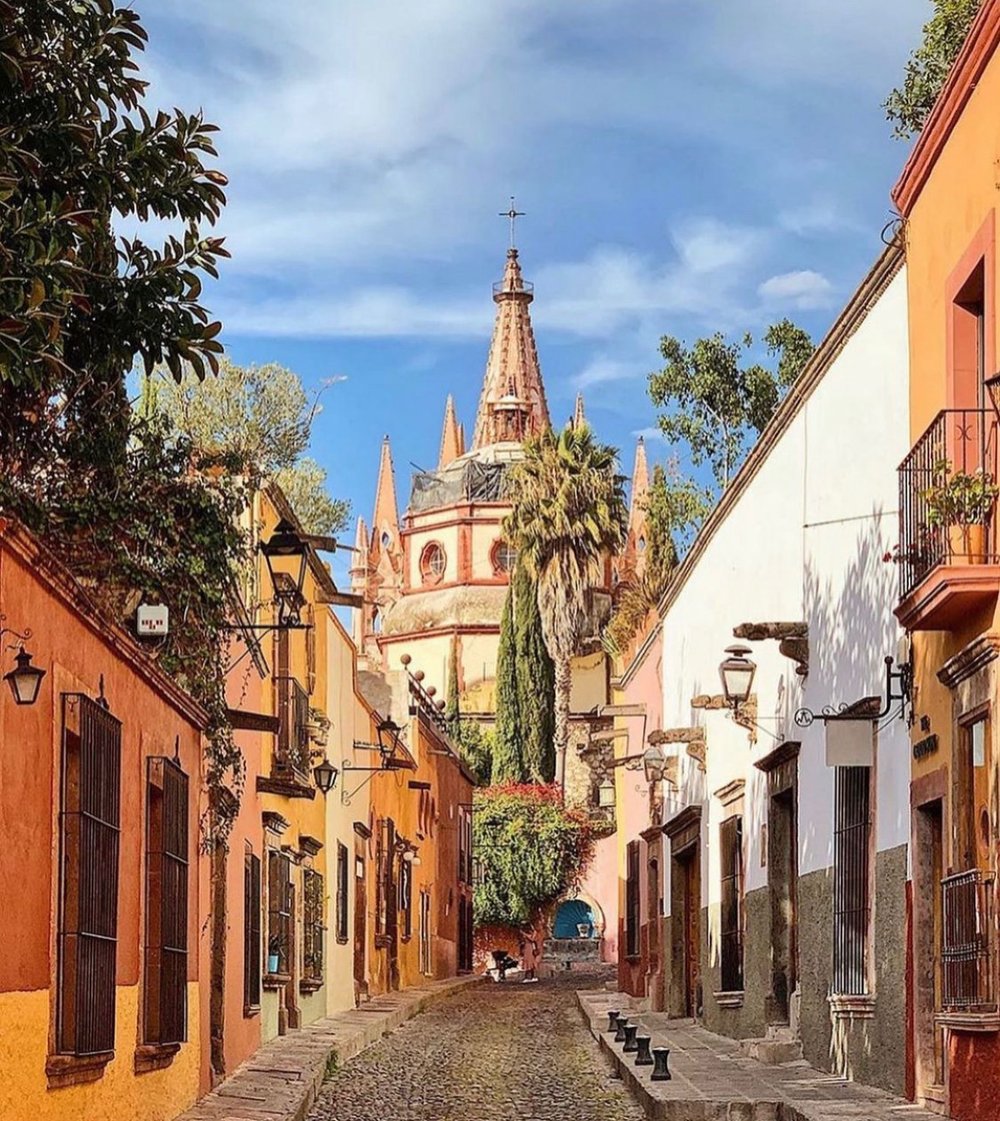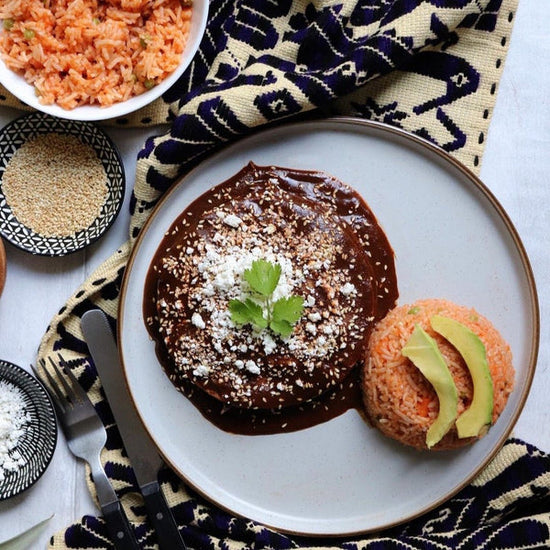
When you think about Mexican culture, chances are traditional multicolored striped wrap-around blankets come to mind.
These blankets which are also used as shawls go beyond just a fashion statement. They have a rich history that has helped define Mexican culture. Today, sarapes have grown into an iconic staple of Mexican identity, fashion, and tradition.

shop jewelry

A sarape/serape refers to a rectangular shaped piece of fabric that is typically used as a shawl. If a sarape is large enough, it can be used as a blanket that you wrap over yourself.
Personalized versions are even draped in homes as wall decor. Today's sarapes are available in an array of colors and designs and as you stroll through Mexico, especially in rural environments, you'll come across different patterns and styles depending on the region you’re in.

Much like other aspects of Mexican culture, sarapes have a deeply rooted history. These shawls originated in Saltillo, a region in northeastern Mexico, and were taken everywhere by the Spanish conquistadors who wore them.
Sarapes were eventually introduced to Spain and other parts of Europe during the colonial period. Today, you can still see the influence of a sarape in the different regions Spanish conquistadors explored.

shop glassware

Outside of Mexico, the colors used in a sarape have changed in both style and color. Throughout Mexico; however, sarapes continue using a striped pattern, with many regions adopting the bright multicolored pattern the blanket is so widely known for.
Sarapes continue to be made by hand in the Saltillo region, with different sarapes being made for special events including weddings and other celebrations.

Today, as you travel through Mexico you'll notice that the color of a sarape will change depending on the region you are in.
Rural areas tend to use more earthy tones including brown, red, and tan. Throughout central Mexico, you'll notice that the sarapes feature that more vibrant color scheme.
The material may also change depending on the fabric the different regions have access to.

shop clothing

To learn more about the history of sarapes and how they are made, check out this video from the Center for Mexican-American Cultural Arts.
other posts you may love...
Book a Free Travel Consultation
Mexico in My Pocket has just launched a new consultation service for anyone looking for some help planning their next Mexico vacation. Our goal is to create a custom itinerary that will give you incredible memories!
schedule your call today!


















Leave a comment